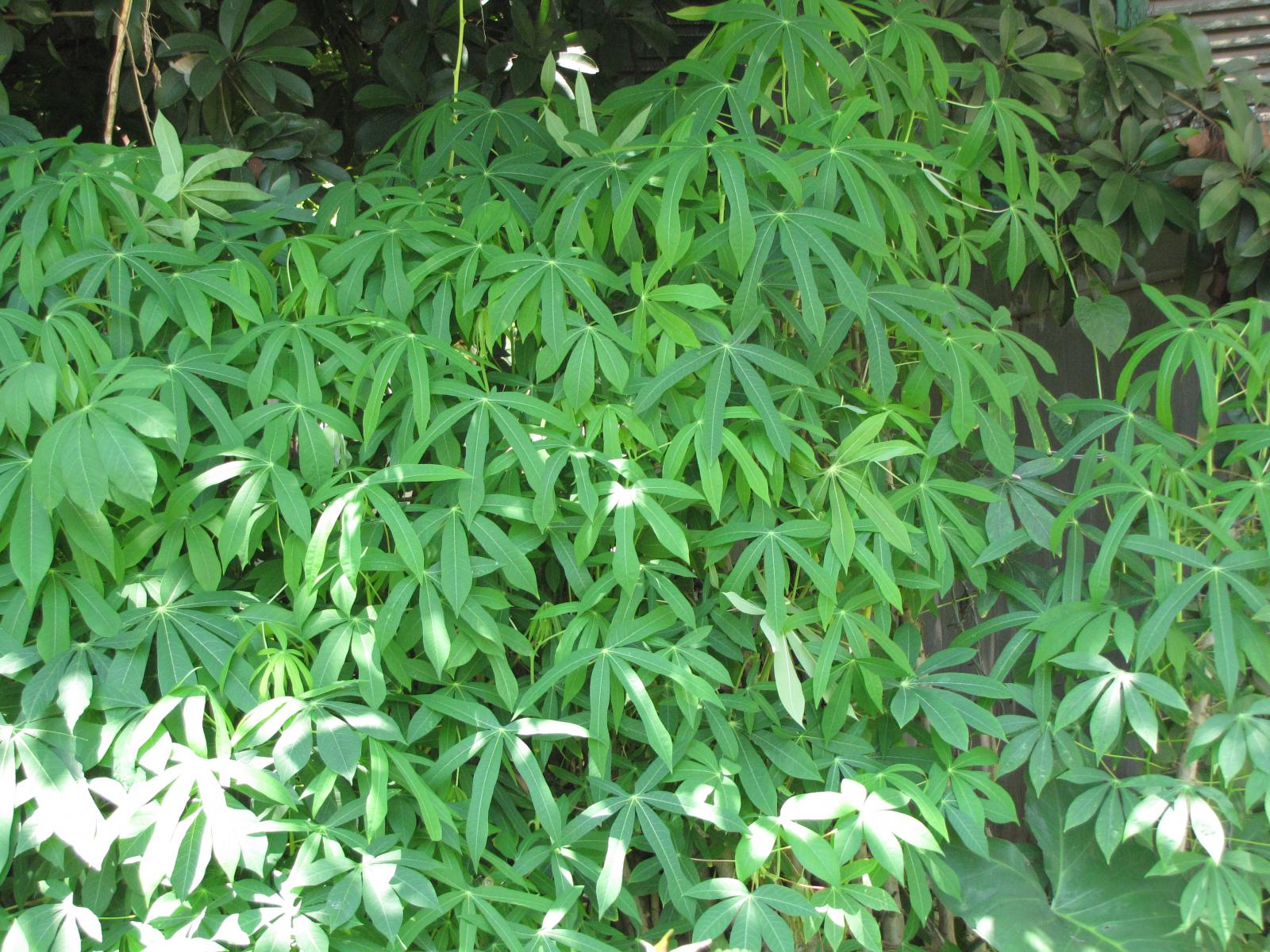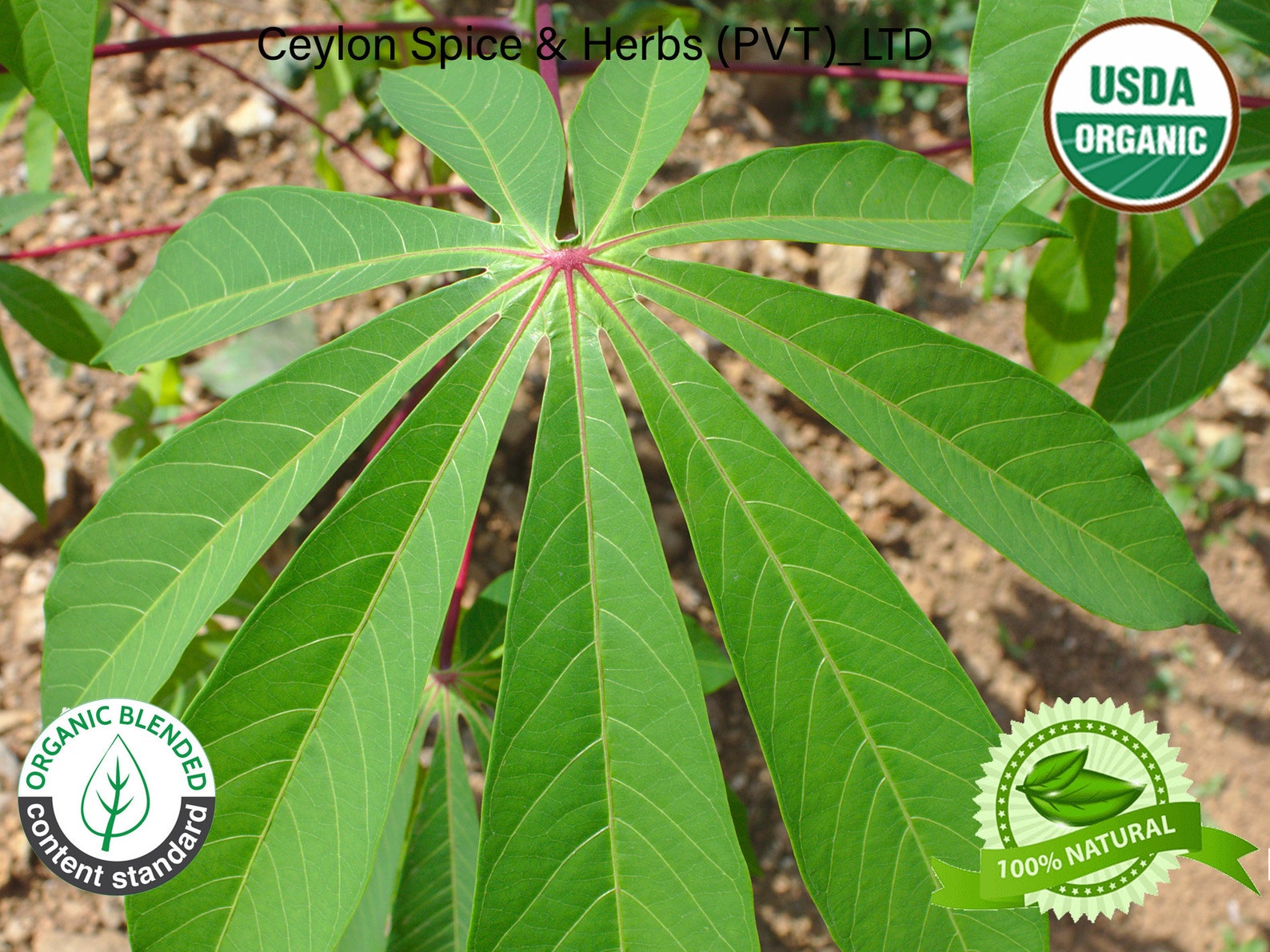


The only way most folks grow it is via stem cuttings. Unlike many plants, cassava is not usually grown from seeds except for breeding purposes. Now – moving beyond the cyanide – how do you grow these things? Just google the “cashew tree” or look up the toxicity of dry kidney beans.Ĭompared to many things we eat, cassava’s pretty tame. Fortunately, boiling or fermenting gets it out, so fear not.Ī lot of plants we eat are poisonous.
#Cassava leaf full
The plant is full of it, from its lovely leaves to its tasty roots. What – you didn’t think a plant this awesome could exist without a down side, did you? Of course, there is the cyanide to consider. Cassava needs warm days and nights to make good roots.Īnd speaking of roots… the cassava’s roots contain roughly twice the calories of a comparable serving of potatoes. Growing it at any zone beyond 8 is likely an exercise in futility. Here in Florida the plant does well until you get north of zone 10, then the occasional frosts will knock it down. In the tropics, cassava is a perennial, capable of growing huge roots and living for years. This won’t usually kill the plant, but it does mean you need to plan your growing accordingly. If temperatures drop to freezing, your cassava will freeze to the ground. In fact, once it’s hit maturity, you can basically dig it at any point for a few years (though the roots may sometimes get too woody to eat).īut there is a caveat on cultivation: cassava doesn’t like cold. Virtually pest-free, drought tolerant, loaded with calories, capable of good growth in poor soil – cassava is a must-have anyplace it can grow.And it’s MUCH less work than grain and much more tolerant of harvest times. In Latin science-speak, it’s Manihot escuelenta.Whatever you call it, it’s a serious staple crop.


 0 kommentar(er)
0 kommentar(er)
